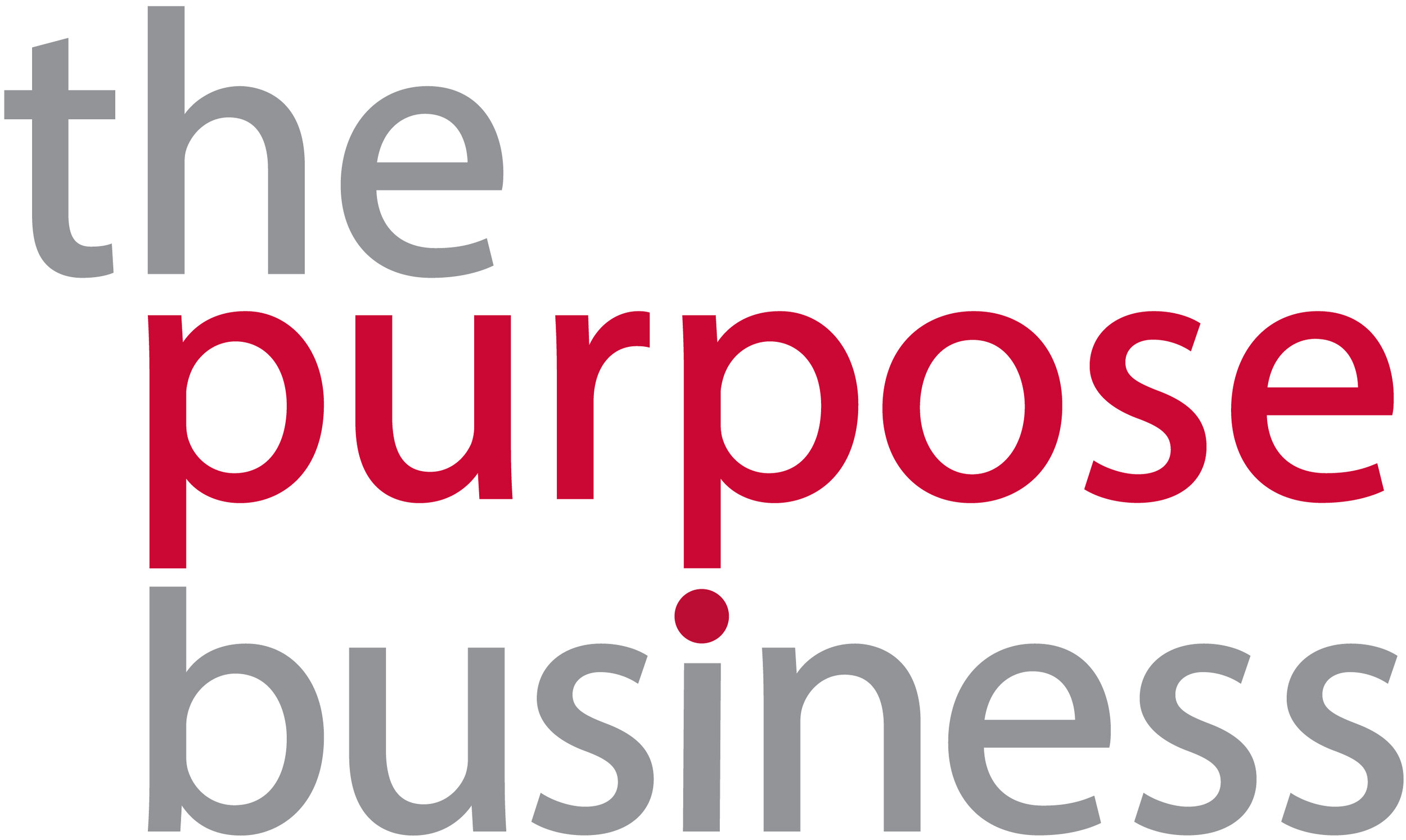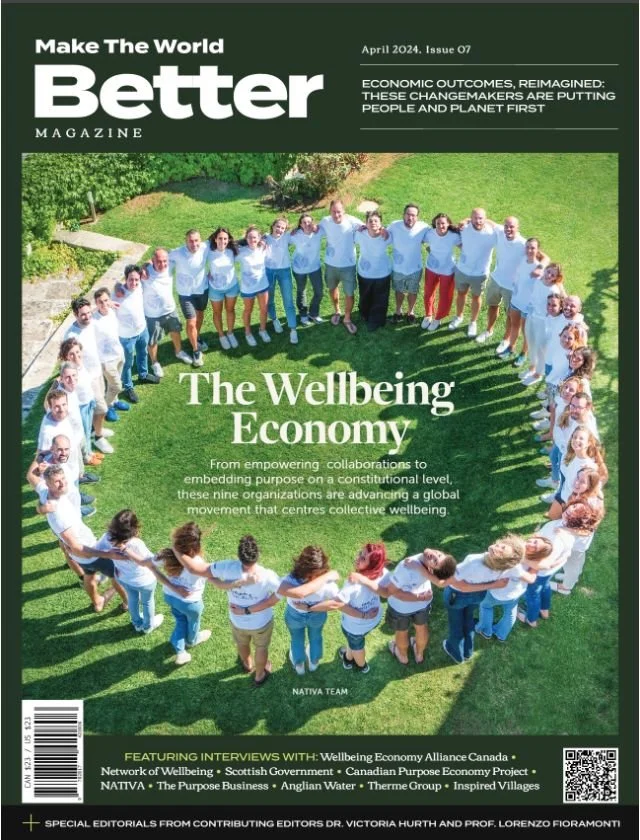How to ban single-use plastic
Dr Merrin Pearse shares what it takes to get serious on single-use plastic.
How many times have you read the headline, ‘Company XYZ is banning single-use plastic’, and thought, ‘I wish our company could do that’? Well, let us take a look at what a company needs to consider before making such an announcement.
Like any good story, there should be a beginning, a middle and an end. Plus, a clear target audience. And the highlights of a press release rarely tell of the details that lie beneath.
Let’s not forget that all good stories also need a structure. In a sustainable business story, an organisation’s sustainability strategy, with clear, meaningful targets and measures is an essential framework for you, the storyteller, as well as your audience. If your narrative is not clear, people may wonder if you are being deliberately obtuse and perhaps trying to hide something. So, it’s essential that you understand the issues behind the headline. Clarity and knowledge will help you deliver a more impactful outcome and ensure you can share your ambitions and progress with your audience confidently and authentically.
So, what elements do you need to consider, and what actions should you take before announcing a single-use plastic ban? You might like to consider these three steps.
1. Understand what is driving the discussion
At best, a decision to reduce single-use plastic comes from identifying the most material issues as part of your sustainability strategy. Yet, the real world is full of examples of the increasing role of consumer pressure , shareholder activism and C-suite epiphanies that can quickly change business as normal within an organization. These sources of change can also provide the support needed for rapid implementation of new legislation.
Plastic pollution is an emotive issue and may be brought to you by internal or external stakeholders. Having a clear understanding of which stakeholder are asking your company to ban single-use plastic and why they are asking is very important when selecting the solution.
Their concerns may be around the resources used to make plastic. These interests may be about the use of finite resources like oil, or the methods used to extract gas – such as hydraulic fracturing (fracking) which can damage water aquafers – or the competition between growing crops to feed people, versus using those crops to make plastic. (Plants are used to make some types of plastic, for example, corn and sugar cane can be made into PET with the same polymer structure as petrochemical-based plastic. Somewhat confusingly the term bio-plastic can refer to what a type of plastic is made from, or how a type of plastic can biodegrade. Read TPB’s explainer on the issues of plastic labelling.)
Or stakeholders may be more concerned about what happens to the plastic after it is used. Is that because they don’t want to see plastic filling up landfills, plastic ending up in waterways or on beaches, animals and birds dying from ingesting plastic, or microplastic ending up in the food chain? Personal experiences can be powerful motivators for change.
Each of these end-of-life concerns can have several solutions. The best solutions will evaluate the performance characteristics of the plastic, such as whether the plastic decomposes in anaerobic conditions like found in most landfills or whether it decomposes differently in freshwater to saltwater.
Understanding the drivers for the discussion can help you focus on the impact that is most important for your organisation.
2. Identify your point of change
Where is the single-use plastic that you are looking to ban? For some organisations, an analysis will reveal a redundant item, secondary packaging or process. In these situations, it is clear how sustainability endeavours are helping drive organisational efficiency and innovation. Cathay Pacific’s work to rethink single-use plastic identified several such examples.
Keep in mind that many items including non-plastic single-use items come wrapped or transported in single-use plastic. Take time with your suppliers to review your supply chain to identify opportunities to remove single-use plastic from your upstream operations as well as your internal operations.
In many other instances, single-use plastic is part of an essential process and companies are increasingly looking to substitute with another material. A typical example is plastic packaging (packaging is the largest market for plastics), and a sustainability analysis might including asking:
What is the role of the packaging?
What is the plastic made from?
Are there certain types of plastics (resins/polymers) you want to avoid in your supply chain?
How easily can the product be recycled? (by recycling we mean made back into the same or higher value product)
Does the plastic product breakdown quickly into components that are part of the natural ecosystem?
If you are looking to substitute one type of plastic for another material, are you clear that your alternative is not a plastic? (See Ask TPB: What is plastic?)
With clarity on what the concerns are around plastic and knowing how different plastics perform, you are better placed to compare different plastics with each other and also other material types.
Keep in mind that switching away from plastic to another material such as wood, metal or glass will also have different sourcing, reuse, recycling and environmental challenges and impacts. Taking a closer look at the current single-use model for the packaging may reveal that the bigger benefits to your brand might come from a reuse model rather than continuing with the single-use model irrespective of whether the packaging is plastic or another material.
3. Ask the right question
It is indisputable that the world needs less single-use plastic, but banning single-use plastic is too often the right answer to the wrong question.
banning single-use plastic is too often the right answer to the wrong question
The question we all need to be asking is ‘how do we create a regenerative economy?’ Businesses – and humanity – will only survive and thrive by embracing commercial models that respect resources at every stage of life of a product or service.
Within your business, the five stages of TPB’s waste wheel can help stimulate thinking for solutions that remove or reduce waste from your operations, products and services. Globally, initiatives such as the New Plastics Economy encourage collaborations that work towards a world where plastic never becomes waste or pollution.
The increasing number of headlines that announce the banning of single-use plastic demonstrate a broader awareness of environmental issues, and this growing awareness is cause for celebration. Yet, a headline can never illustrate the depth or complexity of issues that need to be considered and resolved before such announcements are issued. Simply ‘banning’ a material is very likely to prove a naive approach if it is not part of an integrated, inclusive strategy. Following the approach of the above three questions, you will start a deeper, more meaningful conversation that will help transform your business and prepare for a better future.




